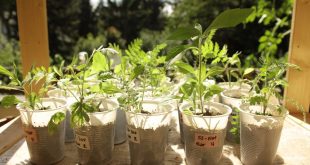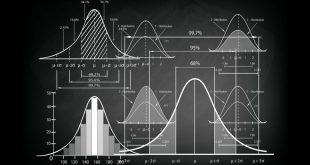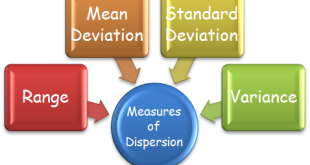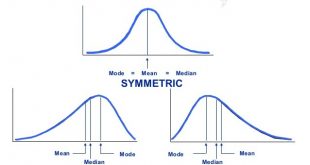For any scientific studies, designing and evolving suitable methodology of an experiment in an institution or for an inquiry in the field, need very logical and systematic planning. The knowledge of how experiments come in use and in what way it is to be carried out is discussed below. …
Read More »Test of Significance
Test of Significance The mathematical methods by which the probability of relative frequency of an observed difference occurring by chance, is found, are called tests of significance. It may be a difference between means or proportions of sample and universe or between the estimates of experiment and control groups. Thus, …
Read More »Comparison of Two Means: Student’s t-test
From the previous topic, we learned about test of significance, a procedure for comparing observed data with a claim or hypothesis or predicted data. This test of significant is used to test e claim about an unknown population and for testing the research hypothesis against the H0. Null …
Read More »Interrelationships of quantitative variables: Correlation and Regression
In the experiment, we measure the two continuous characters which are associated with each other. For example, the height of the plant and the temperature of the atmosphere. Accordingly, to understand the relationship between two such variables, we need to know how they are related and how the relationship can …
Read More »Analysis of Variance and F test
We can test the significance of the two sample means by using a t-test. However, in cases where there are more than two samples, it is done by Analysis of Variance (ANOVA). This method is carried out by comparing sample variances using Variance Ratio Test or F test. So at …
Read More »Measures of Dispersion
Range The range consists of a bunch of data that shows the distinction between the highest and lowest values among the data set. So as to seek out the range, it’s necessary to first order the data from lowest to highest. Then we have to subtract the smallest value from the …
Read More »Organisation and Presentation of Data
There are two main methods of presenting data of a variable character or a variable. A) Tabulation/Tabular Presentation B) Drawing/Graphical Presentation Tabulation Tabulation is a device for presenting data from a mass of statistical data. Preparation of frequency distribution table is the first requirement for that. Tables are often simple …
Read More »Measures of Central Value: Mean, Median, Mode & Others
There are various methods to measure the central value of an observation. For instance, average, mean, median, mode, etc. Average The average value of a characteristic is the one central value around which all other observations are distributed. In any large series, nearly 50% of observations lie above the central …
Read More »Random Sampling
Sampling Measuring a small portion of something and then making a general statement about the whole thing is known as sampling. Sampling is a process of selecting a number of units for a study in such a way that the units represent the larger group from which they are selected. …
Read More »Introduction to Biostatistics: Scope, Variable & Data
Objectives of this article To understand What is statistics What is biostatistics Scopes of statistics What is variable What is a random variable Types of variables What is a qualitative or discrete variable What is a quantitative or continuous variable Practical examples of qualitative or quantitative variables Read the next …
Read More » Plantlet The Blogging Platform of Department of Botany, University of Dhaka
Plantlet The Blogging Platform of Department of Botany, University of Dhaka









